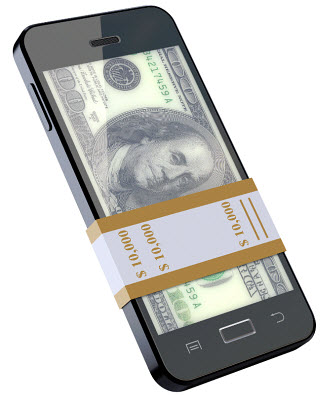China’s mobile commerce market becomes a battelfield for two large companies
Two of China’s largest companies have entered into a proverbial war over the mobile payments market. Both Alibaba and Tencent have high hopes for the mobile space and have been aggressively establishing a strong presence in the mobile commerce sector. Alibaba has managed to capture a strong lead with its Alipay platform, but Tencent still has a strong connection to Chinese consumers through its WeChat application. Now, the two companies are beginning to fight in the cab-calling services arena.
Cab-calling services receive more attention from Alibaba and Tencent
Cab-calling services are becoming somewhat common in China. These services are very straightforward in than consumers can call for a taxi and arrange for transportation. Some services allow users to pay for their taxi directly from a mobile device. This is meant to make it more convenient for consumers that have become more reliant on their smartphones and tablets to pay their cab fare. Alibaba and Tencent have entered into a price war with their respective Kuaidi and Didi applications.
Applications set to compete more aggressively
The two applications offer similar cab-calling services. As such, they have begun intensely competing with one another for consumers that will likely use one over the other for the foreseeable future. Tencent has announced that those using the Didi and WeChat applications will receive a price subsidy on their travels. Alibaba has also announced a similar initiative, claiming that those using the Kuaidi application and paying for their trip with the Alipay platform could receive significant discounts.
Mobile commerce competition continues in China
Competition in the mobile commerce sector is unavoidable for large companies that intend to establish a strong following in the mobile space. Chinese consumers have become enthralled with the concept of mobile payments and new services are becoming available to them at a rapid pace. These services intend to capture their attention and support for years, but few have managed to actually do so. Tencent and Alibaba have managed to attract support from most consumers in the country concerning their mobile initiatives.


